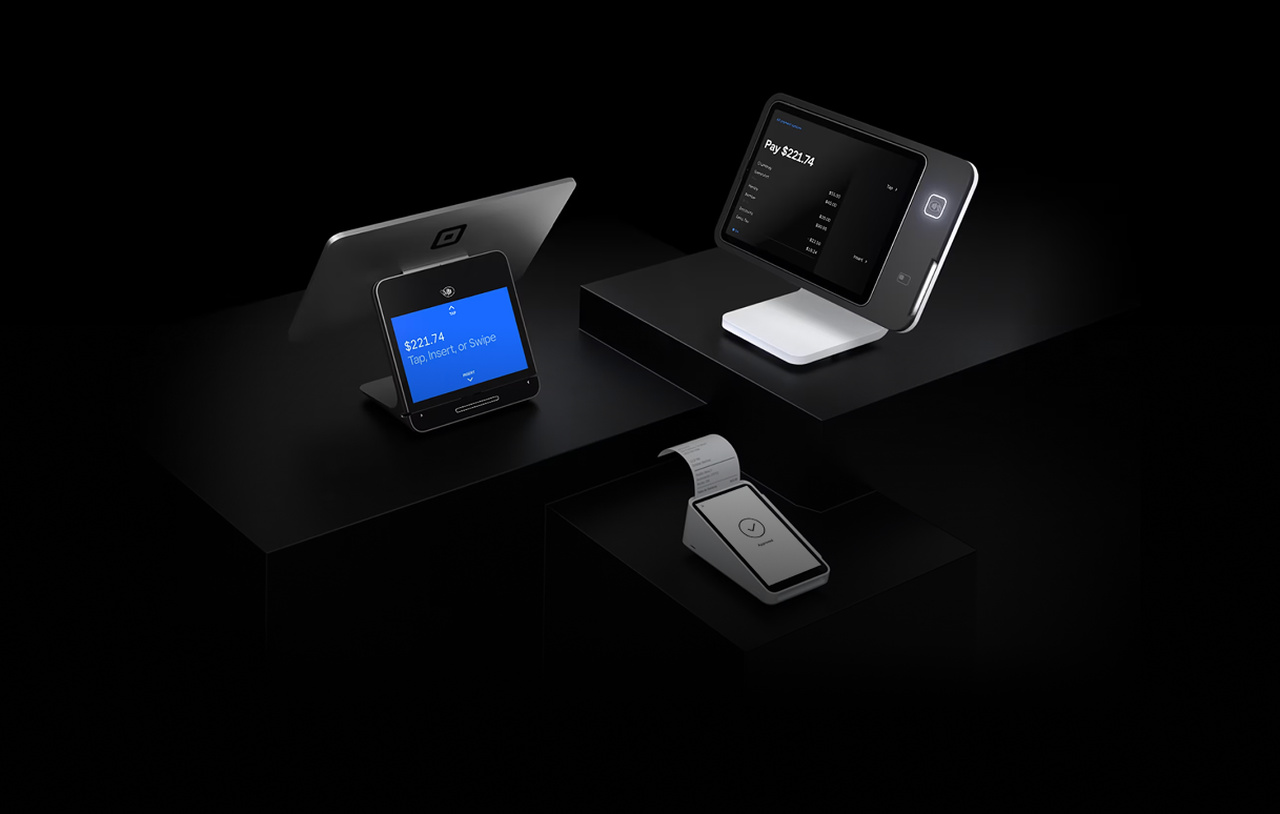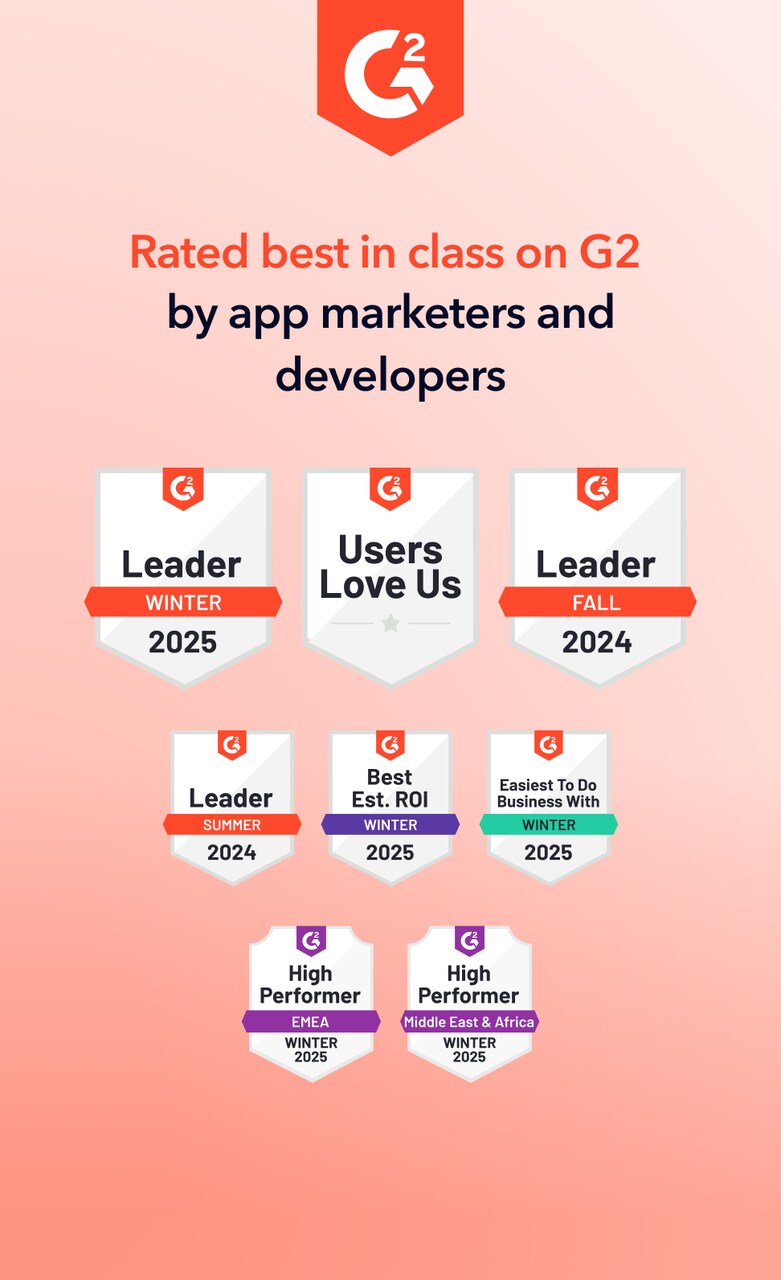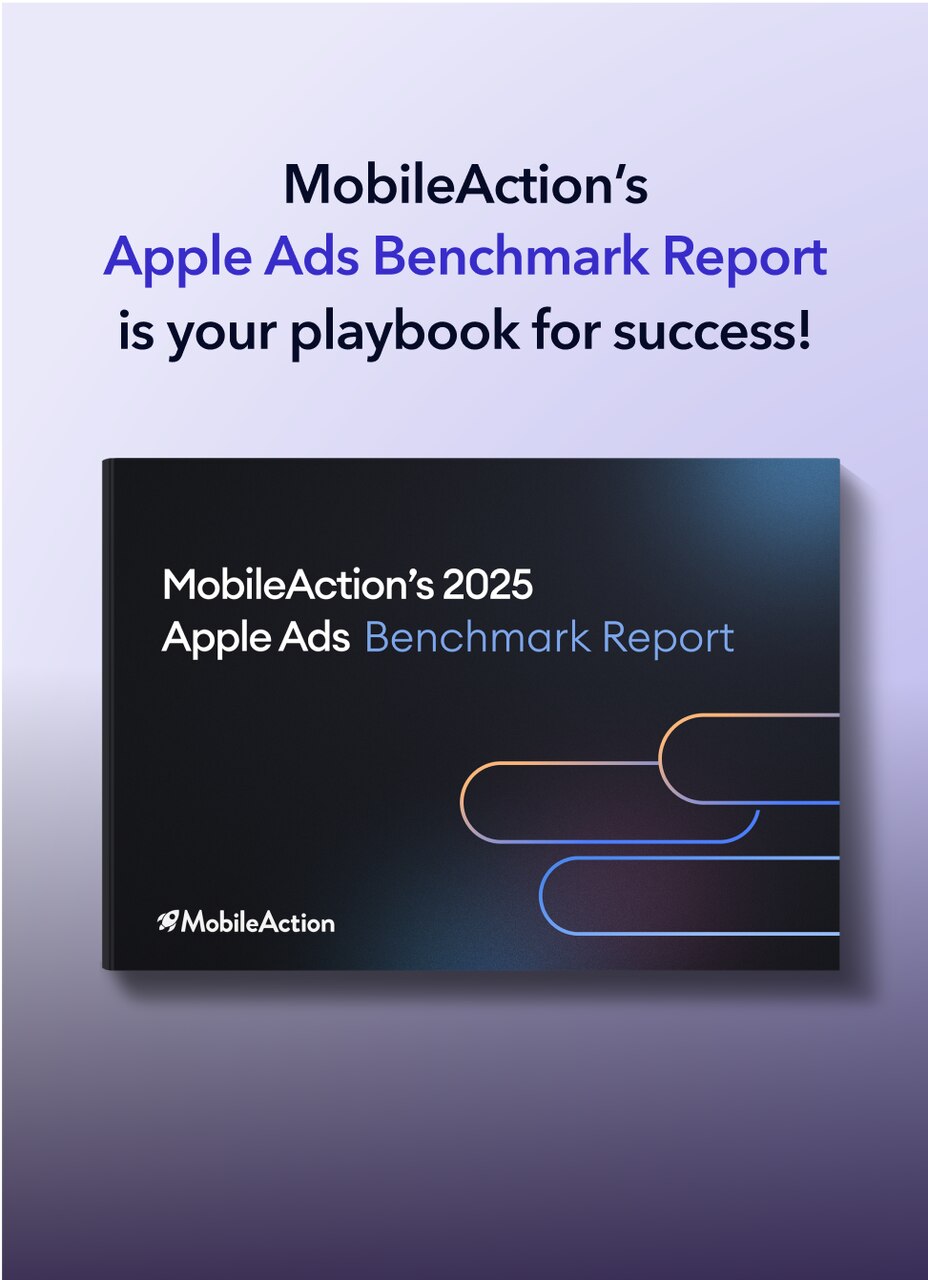Travel
In an era where convenience and personalization are paramount, travel apps have become indispensable companions for both frequent flyers and occasional adventurers. From booking flights to discovering hidden gems in a new city, these apps cater to the wanderlust in all of us while addressing the practicalities of modern travel.
The “travel” keyword is central, appearing in nearly every app’s metadata to signal its purpose. It’s often paired with “trip” and “flight,” emphasizing the focus on planning and booking. Apps like Booking.com and Skyscanner leverage these keywords to attract users who want to organize their travels.
Transportation is a key theme, as seen with “taxi” and “ride.” Ride-hailing apps like Uber and Lyft are using these keywords to position themselves as essential tools for getting around, whether it’s in a new city or on the way to the airport.
The keyword “map” is particularly noteworthy, indicating the demand for navigation tools that help users explore unfamiliar places. Apps that offer detailed maps, real-time directions, and points of interest are leveraging this keyword to attract travelers who want to make the most of their trips.
Finally, “time” and “location” reflect the practical concerns of travelers. Apps are using these keywords to emphasize features like real-time updates, local recommendations, and time-saving tools, ensuring users can navigate their journeys with ease.
Shopping
Shopping apps have redefined retail, bringing the mall to our fingertips and turning every smartphone into a personal shopping assistant. Whether scoring exclusive deals or tracking a package in real-time, shopping apps are shaping the future of commerce.
When we check the most commonly used keywords within the category throughout 2024, “shopping” is central, appearing in nearly every app’s metadata to signal its purpose. It’s often paired with “products” and “online,” emphasizing the focus on e-commerce. Apps like Amazon and eBay leverage these keywords to attract users who want to browse and buy from the comfort of their homes.
Value-driven messaging is a key theme here, as seen with “offers,” “deals,” and “exclusive.” Shopping apps are using these keywords to appeal to users who are looking for discounts, promotions, and limited-time offers.
The keyword “fashion” is particularly noteworthy, reflecting the popularity of apps that cater to style-conscious shoppers. Platforms like ASOS and Zalando use this keyword to attract users who want to stay on top of the latest trends.
Finally, “delivery” and “brands” show the practical concerns of online shoppers. Apps are using these keywords to emphasize fast, reliable delivery and partnerships with trusted brands, ensuring users feel confident in their purchases.
Lifestyle
The Lifestyle category is a manifestation of our daily lives, offering apps that enhance how we live, connect, and express ourselves. From home organization to personal wellness, these apps cater to a wide range of interests and needs, helping users curate their ideal lifestyles.
“Life” and “home” appear in many apps’ metadata to signal their purpose. These keywords are often used with “community” and “dating,” emphasizing the focus on personal and social well-being. Apps like Tinder and Bumble leverage these keywords to attract users who want to connect with others and enhance their daily lives.
Artificial intelligence plays a significant role here, as seen with the keyword “ai.” AI-powered features like personalized recommendations, smart home integrations, and virtual assistants are becoming standard offerings, and apps use this keyword to highlight their innovative capabilities.
The keyword “subscription” shows the popularity of freemium models in this category. Many apps offer basic lifestyle tools for free while locking advanced features behind a paywall. This keyword is often paired with “features” to emphasize the value proposition, offering users the tools they need to improve their quality of life.
Finally, “privacy” reflects user concerns about data security, particularly for apps that handle personal information or facilitate social interactions. Developers use this keyword to reassure users that their data is safe and secure.





























